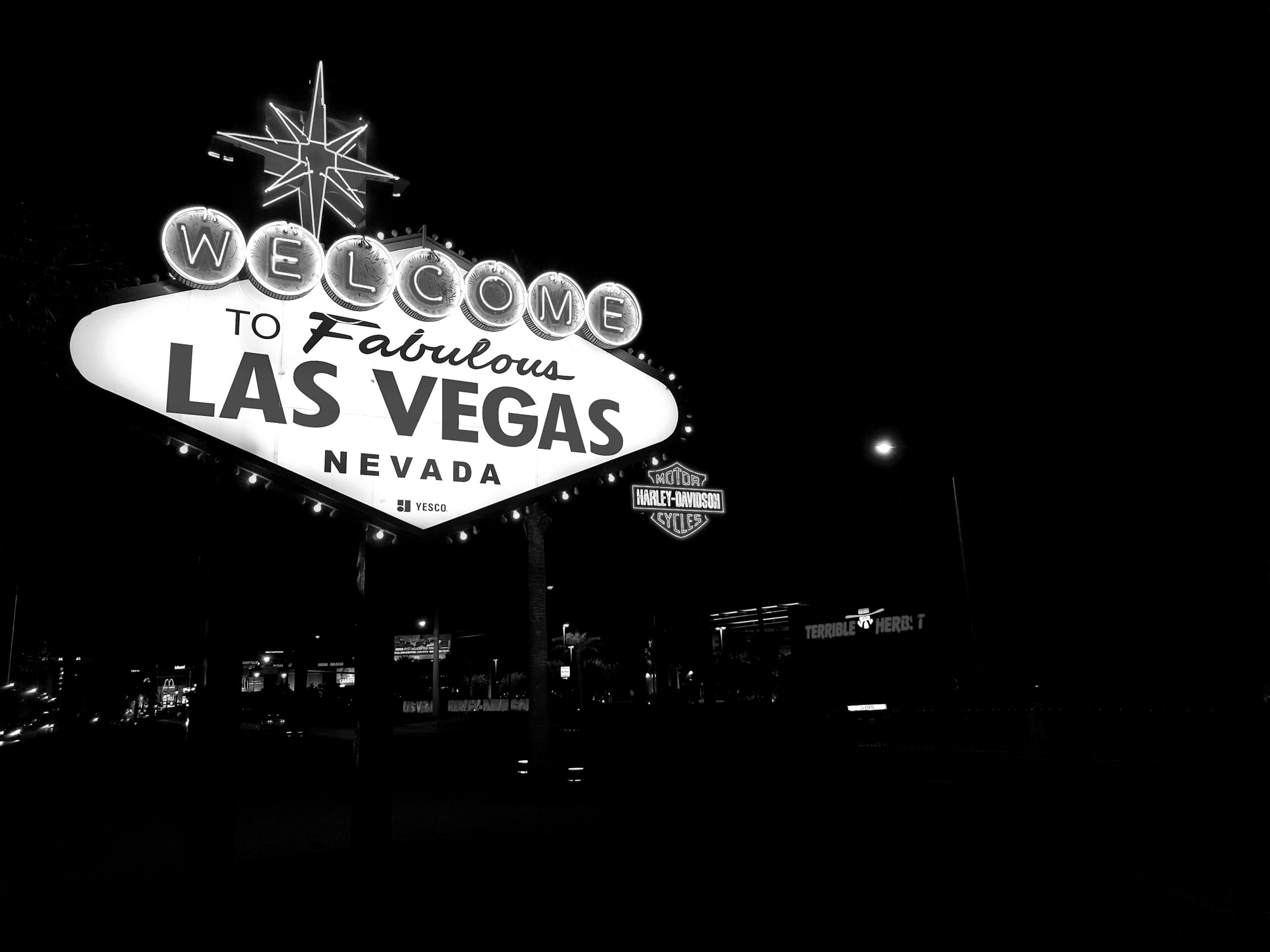However, sometimes a wildfire’s origin is slightly less than ordinary. Doug Lannon, one of RedZone’s Wildfire Liaisons, is a retired Cal Fire Division Chief who served for over 30 years on numerous incident management teams and fire investigation crews. Mr. Lannon is a walking encyclopedia of wildfire knowledge, and can tell a few stories about some of the more unusual wildfire starts he’s seen in his career. Below is a sampling of some of his most noteworthy.
Animals
Small birds and mammals do not mix well with industrial electrical equipment. Many times the results are catastrophic to humans as well as to the furry or feathered creatures. According to Lannon, rodents can often chew on electrical cords and cause fires of all types. Similarly, birds sitting on electrical wires will spread their wings in takeoff and briefly create a connection between conductors. Somewhat gruesomely, their electrocuted corpses can ignite and then start a wildfire when they fall to the ground.
Some more noteworthy wildfire starts include a mountain lion meeting a similar fate while perched atop a power pole. The incident ignited a 20 acre fire near Yucuipa in California’s Inland Empire in 1996. According to Lannon, a squirrel electrocuted in the same fashion by an electrical fence started a 25 acre blaze in 1997 near Phelan, California, 30 miles north of San Bernardino.
[/av_textblock]
[av_image src=’https://www.redzone.co/wp-content/uploads/2017/01/560d38cd1900002f00fdee74.jpeg’ attachment=’5278′ attachment_size=’full’ align=’center’ styling=” hover=” link=” target=” caption=’yes’ font_size=” appearance=” overlay_opacity=’0.4′ overlay_color=’#000000′ overlay_text_color=’#ffffff’ animation=’no-animation’]
A mountain lion perches atop a utility pole near Lucerne Valley CA in 2015.
[/av_image]
[av_textblock size=” font_color=” color=”]
Cigarettes and Other Combustibles
According to Lannon, cigarettes are perceived to start many more fires than they actually do. The conditions required for a carelessly-tossed cigarette butt to start a fire are actually quite limited, and require the wind, fuel, and even the orientation of the discarded butt to be just right. Also, the relative humidity must be 21% or lower (cigars require a rH of 25% or below).
Lannon maintains a much more likely threat is the use of airborne paper lanterns (sometimes called sky lanterns) which have caused huge structure fires and wildfires. These devices use a small flaming object to inflate and loft a plastic or paper balloon, like a hot air balloon on a much smaller scale.
The lanterns frequently land on the ground, in trees, or on structures while still ignited. Notably, paper lanterns were to blame for an 800 acre fire in Myrtle Beach, South Carolina, in 2011. An electrical tower caught fire in May of 2015 after dozens of lanterns were released during “Lantern Fest” at the Carolina Speedway in Gastonia, North Carolina. And on July 1, 2013, a sky lantern landed in a recycling facility in the West Midlands of England, starting a fire causing an estimated six million British pounds worth of damage.
The use of paper lanterns is banned in at least 29 US states as well as many countries around the world.
Workers and Machinery
As Lannon notes, many dangerous wildfires are started by industrial equipment or machinery in use in the wildland. The catalytic converter on older cars can sometimes explode, spewing their honeycomb ceramic interiors onto roadside fuel and starting a fire. Similarly, when the turbocharger from a freight engine wears out, it can leak hot oil and ignite a blaze. A train engine’s steel brake shoes can overheat and start a fire alongside tracks as well.
Due to the possibility of rail line workers igniting fires with rail equipment, regulations are in place in California that mandate tools such as circular saws and grinders must be used at least 25 feet from combustibles. A cutting torch must have at least 10 feet of clearance.
Spontaneous Combustion
Often discarded as myth or urban legend, spontaneous combustion of grass or manure piles is responsible for many fires every year, according to Lannon. The moisture in a pile of wet hay can promote growth of microorganisms which produce heat while decomposing biological material. This creates chemical reactions that build heat, and since hay provides good insulation, little of the heat is vented. When the internal temperature of hay rises above 130 degrees Fahrenheit (55 degrees C), flammable gas is produced that can ignite.
A brush fire in 2006 which forced about 100 San Diego County residents to evacuate started spontaneously inside a compost pile. The fire grew to 122 acres and threatened at least 20 homes. It eventually required over 375 firefighters to battle the blaze, backed by 15 engines, two bulldozers, five helicopters and one air tanker.
[/av_textblock]




One Comment